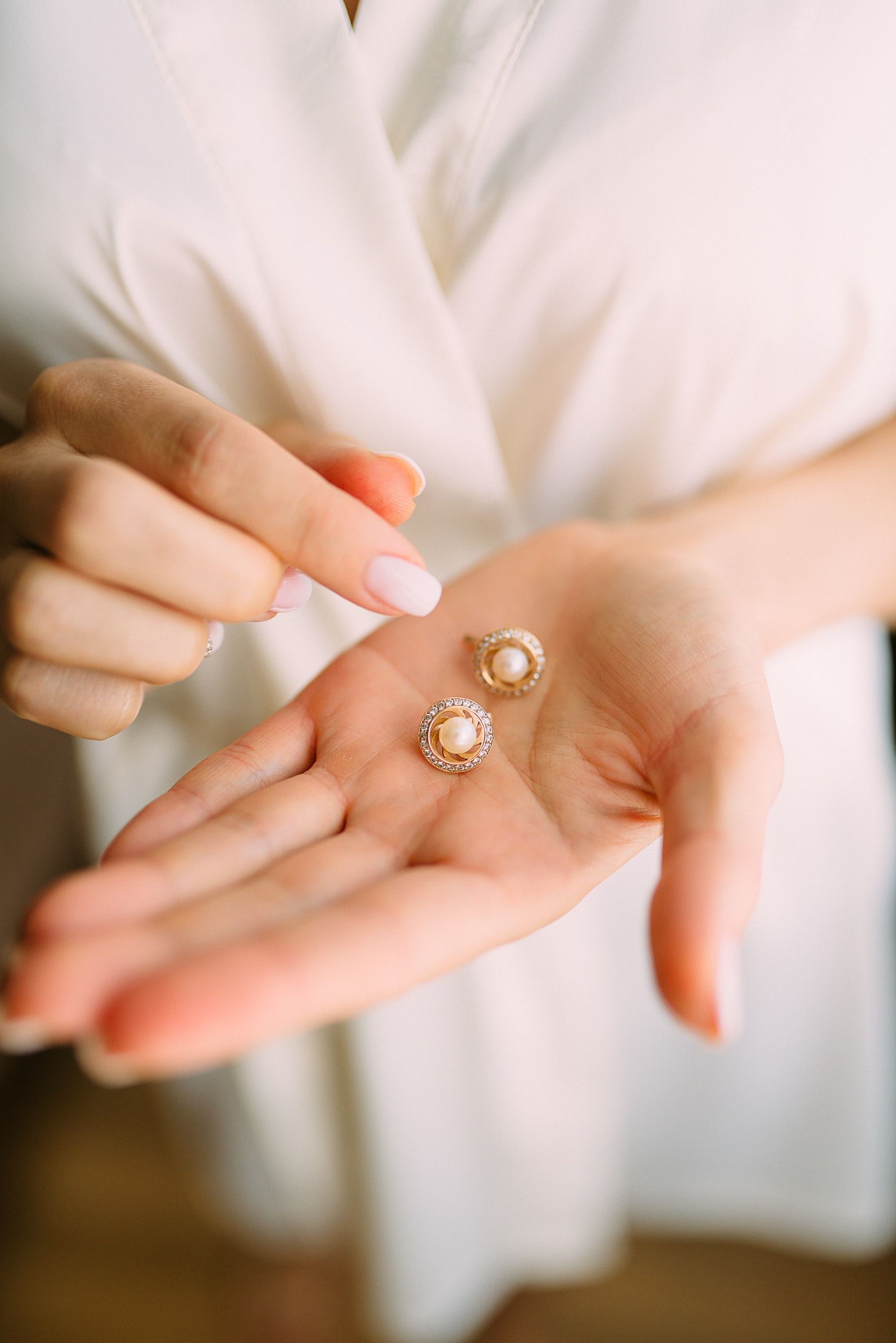Family Heirlooms: Let Them Go or Cherish as a Treasured Keepsake?

Anna Toane
One day we’re all going to die and it’s important to plan for that inevitably.
And while it's likely not something any of us want to think about, let alone talk about, we can make things a lot easier on ourselves (and our family/loved ones) if we get things in order now (and prioritize having these important conversations that don’t have to be yucky). Here at Eirene our mission is to unpack difficult conversations around end-of-life planning and help families navigate the complexities of death care. One part of this planning involves what to do with your belongings.
Our connection to family heirlooms is changing and the dilemma around what to do with them is an “increasingly common one. Scattered families, warp-speed lifestyles and changing tastes have resulted in a growing inventory of orphaned heirlooms—from fine china and formal furniture to old photos and love letters.”
It’s normal to have both strong sentimental ties and also value the practical side of things (can’t/don’t want to keep everything). It’s often balancing the idea that the items once meant something to someone (and might even mean something to you) and finding a way to honour that, while still paring down and not feeling residual guilt, which can become the ultimate challenge.
And, no matter how you feel about the items themselves, it’s important to remember that dealing with this step can also come at a time when we’re also grieving and dealing with a slew of other emotions. If we’re fortunate enough to have planned ahead, the burden can be eased a bit and regardless, grief is really hard and so too are the steps required to move through the to-do list following a loved one’s death.
A few considerations:
- Give yourself permission to let go of family heirlooms
- When deciding which items to keep, make sure you save only the items you truly love, have space for, and can properly maintain
- If you want to keep it all, go for it! It’s really about whatever is best for you
Hot Tip: before rehoming family heirlooms, you may want to take photos of some of the more sentimental items (you can retain the memories without having to possess the actual items).
What’s Changed?
Supply Cuts Demand
“As more families shed heirlooms, their monetary value is dropping dramatically. ‘It’s the law of supply and demand…’ ‘The Depression-era generation’s things are flooding the market, and when there’s an abundance of something, the price [and interest] drops.’”
Smaller Spaces and Minimalism
Many folks are living in smaller spaces and there’s an increasing popularity in minimalism and simply owning less.
In larger cities living spaces are often smaller with little to no storage, this is of course a generalization and it’s still a part of the conversation. “Canadians are increasingly shifting to smaller living. The number of people living in apartments taller than five stories went up more than 12 per cent between the 2011 and 2016 census, according to data from Statistics Canada.”
When it comes to minimalism it’s a focus on “intentionally living with only the things [we] really need … items that support [our] purpose.” It involves removing the “distraction of excess possessions so [we] can focus more on [the] things that matter most.”
As one small home owner says: "I wouldn't say that we chose to have a small home in the beginning. We chose to live in the city and that necessitates a small home.”
The Next Step: How?
Navigating family dynamics has the potential to be challenging on a good day and even tougher while grieving. We want to support you with a few ideas around how to move through this step in the process.
A few ideas:
- Round Robin: each heir chooses one thing to keep
- Home walk-through: use masking tape or sticky notes to write the recipient’s name. This can either be done in advanced by the owner or by the executor
Label and pile as:
- Save for me
- Save for others
- Sell
- Donate
- Throw away
- Not sure
- Draw straws and have an hourly show and tell: literally draw straws as to who gets to pick first of an item(s) to keep
- Requires Advanced Planning - Written instructions for your possessions:
- Make an inventory of your most valued possessions and then list who gets what. This step ensures the person who is intended to receive the item you’ve left them gets it, rather than it finding its way to an estate sale
- For this to be legally binding in Canada it must be added to your will
- You can either complete this at the time your will is being drafted by your lawyer or you can have added after
- If there are high value items that none of your heirs express interest in, you can specify that all these items be sold and then have the proceeds distributed according to the will
And there are even online video courses around this kind of thing, like this one—Objects & Heirlooms: Clearing Clutter & Staying Connected, where you’ll learn about:
- Why taking control of clutter is essential for happiness and healing
- Best strategies for sorting, donating, and repurposing precious objects and heirlooms
- Creative opportunities for upcycling everyday household items, such as clothing, furniture, linens, and more
A Few Suggestions For Rehoming Items
Here are several options to get you started:
- Ask if anyone else in the family wants the item(s)
- Donation:
- Items of historical importance can be donated to area museums (including military museums)
- Local preservation society
- Contact the History Department of Universities and Colleges
- Thrift stores
- Charity auction
- Selling:
- Valuable pieces to antique dealers
- Via classifieds, eBay, Facebook, or Craigslist
- Organize an estate sale
Emotions
It can all feel pretty overwhelming. Be ready to take breaks. You will probably go on a bit of a rollercoaster ride, depending on your relationship to the deceased—crying some moments, laughing others and recalling memories (and everything in between)—it’s all part of the process.
Sometimes you will know exactly which pile an item belongs in and other times you won’t be able to decide in the moment and may need a bit of time to sort through those items later—make a pile for those items too.
And no matter what, be kind to yourself and lean on your support network as much as possible, these life experiences aren’t meant to be shouldered alone.
Physical Objects Don’t Take the Place of the People We Love
“When decluttering family heirlooms, it’s important to remember that we do not honor our loved ones by holding onto the stuff they once owned. Rather, we honor them by the memories and stories of them which we treasure in our hearts and minds. When we share the memories and stories of our loved ones with others, we are ensuring their legacies live on.”
We’re here to support you and have made it our mission to unpack difficult conversations around end-of-life planning and navigating the complexities of death care.
To learn more and access additional resources visit www.eirene.ca.




